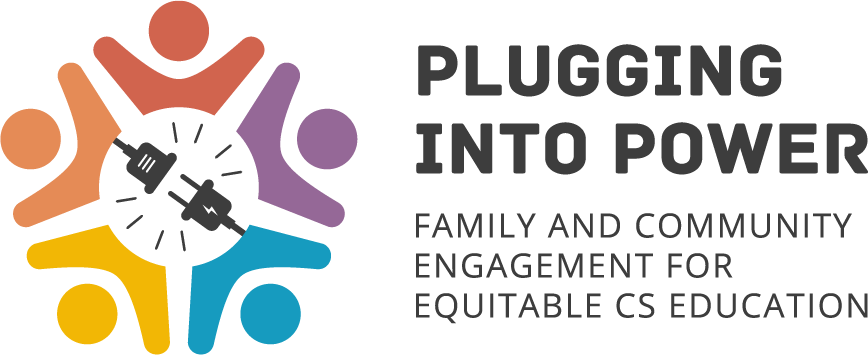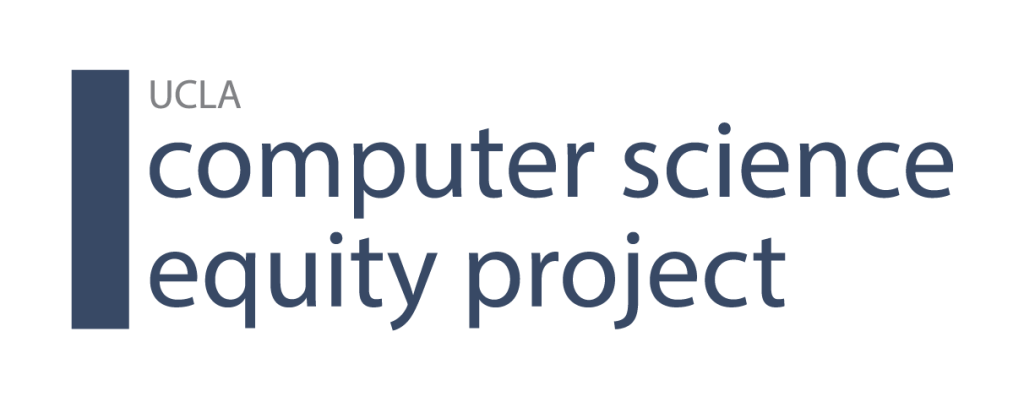We work with parents, caregivers, and students to increase demand at the local level to ensure high-quality computer science is equitably distributed in our schools and communities. Parents and students, especially Black, Latinx, Native American, Rural, and Low-Income students, can provide the much-need pressure to ensure meaningful, on-the-ground monitoring of the implementation of such policies and holding the system accountable to provide the necessary resources and supports to ensure high-quality computer science education is sustainable in the long-term. Local communities are most powerful in holding elected officials accountable for local and statewide changes, assuring that high-quality CS is available for all students.
Family & Community Engagement for
Equitable Computer Science Education

PLUGGING INTO POWER:
Family and Community Engagement for Equitable CS Education


